September 3, 2025 — Astronomers have taken a major leap in understanding the origins of the cosmos by unveiling a new initiative with the James Webb Space Telescope (JWST). The program, known as MINERVA (Medium-band Imaging with NIRCam to Explore ReVolutionary Astrophysics), is delivering the sharpest views yet of the universe’s earliest structures.
Unlocking the Cosmic Dawn
The project is focused on the “cosmic dawn,” a period just a few hundred million years after the Big Bang when the first stars, galaxies, and black holes emerged. By using JWST’s NIRCam instrument with medium-band filters instead of standard broadbands, scientists are able to capture light with far greater precision, revealing faint galaxies and star clusters that were previously hidden.
Why It Matters
- Sharper Imaging: The technique allows astronomers to detect smaller and dimmer objects than before.
- Probing Galaxy Formation: It provides insight into how the first galaxies took shape and evolved.
- Clues to Black Hole Origins: Observations may help explain how supermassive black holes grew so quickly in the young universe.
Looking Ahead
Data collection began in July 2025, and researchers expect to uncover an unprecedented level of detail about the early universe in the coming year. Scientists believe these findings will not only illuminate the origins of galaxies but also deepen our understanding of the fundamental processes that shaped the cosmos.

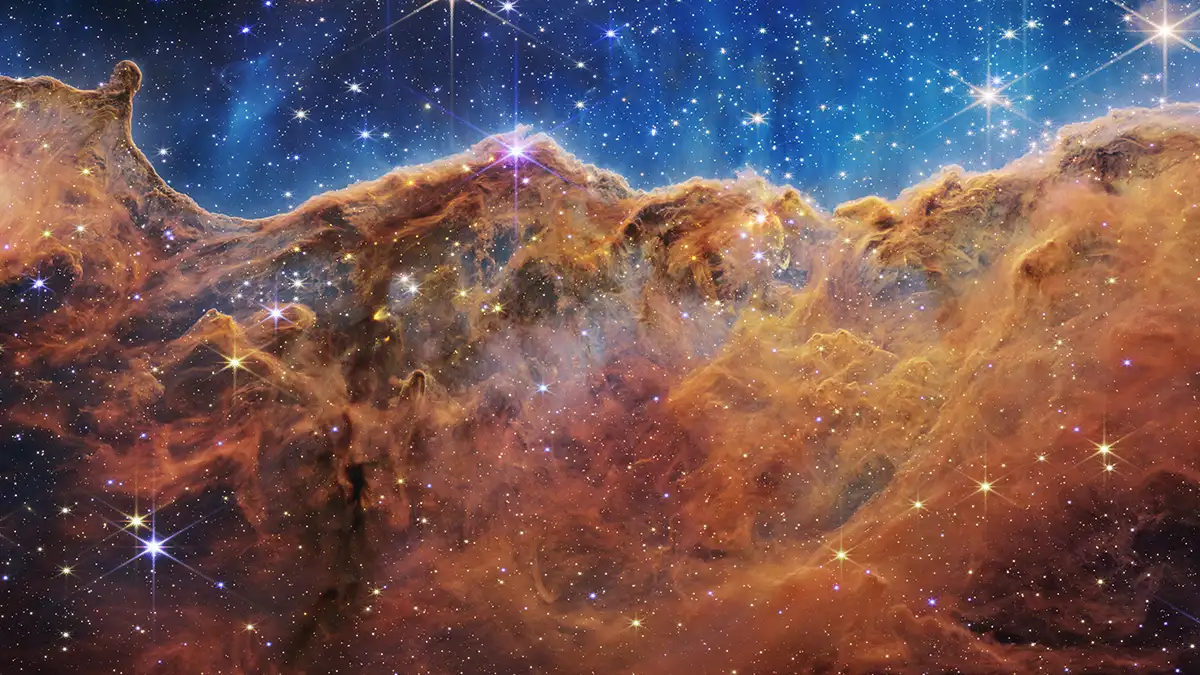
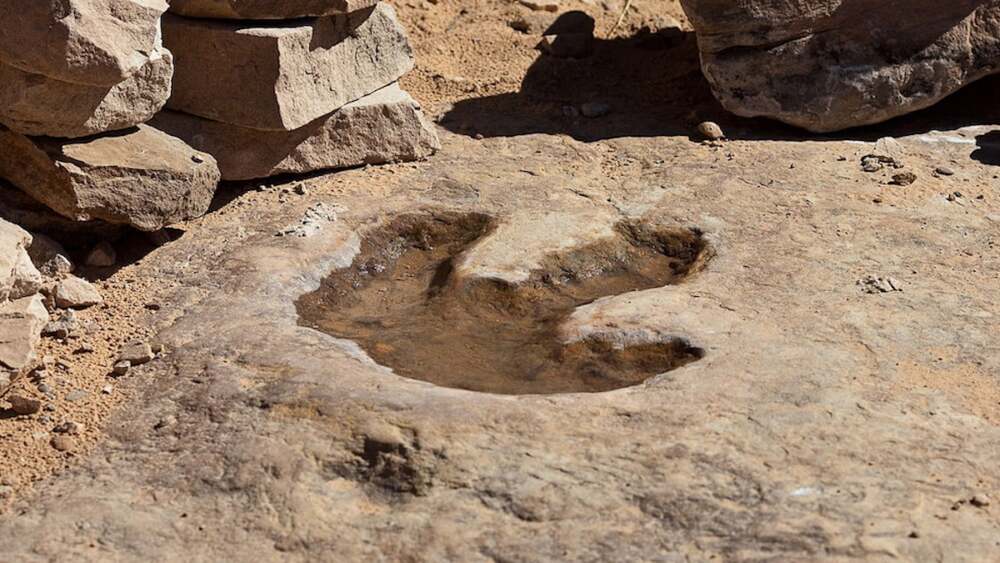

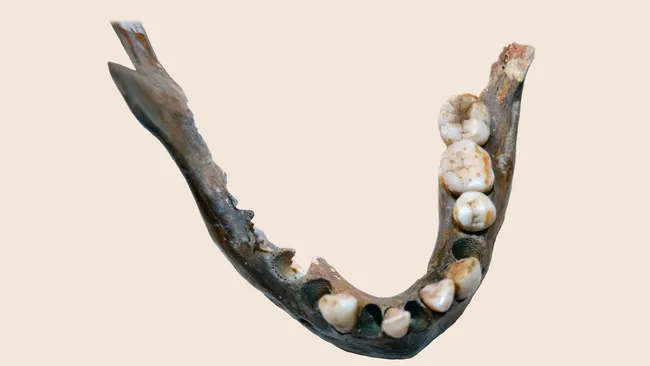






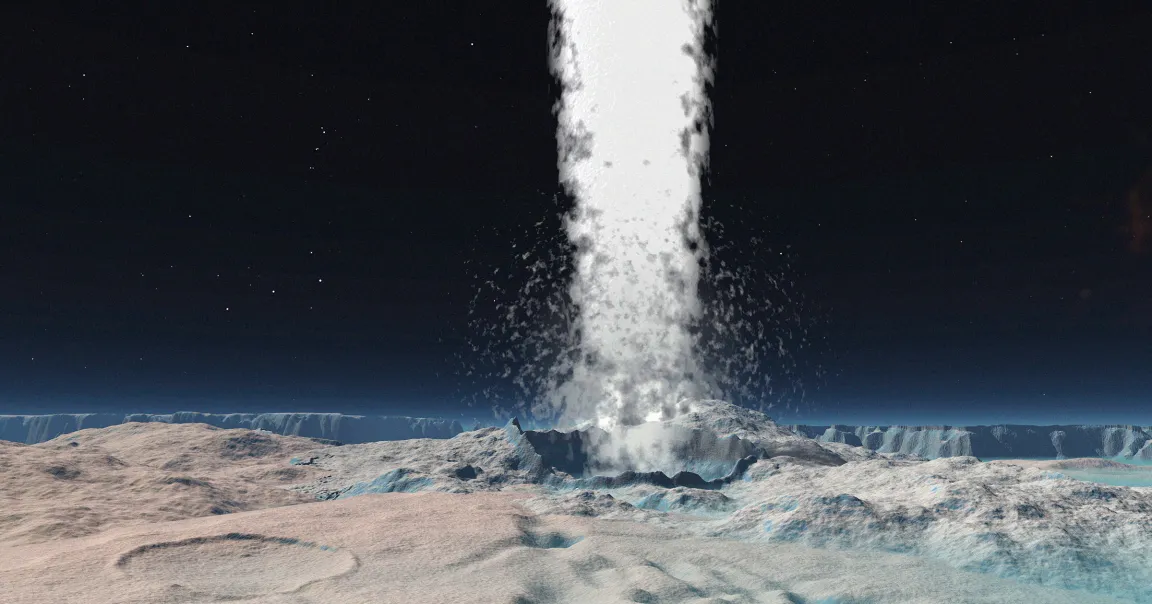



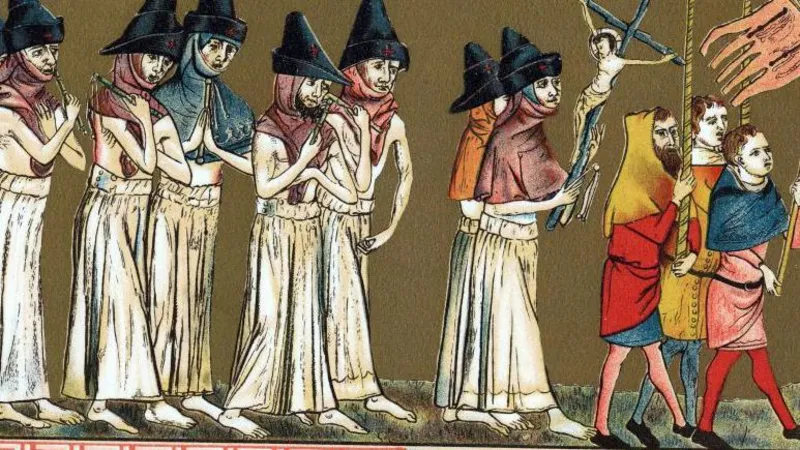
Leave a Reply